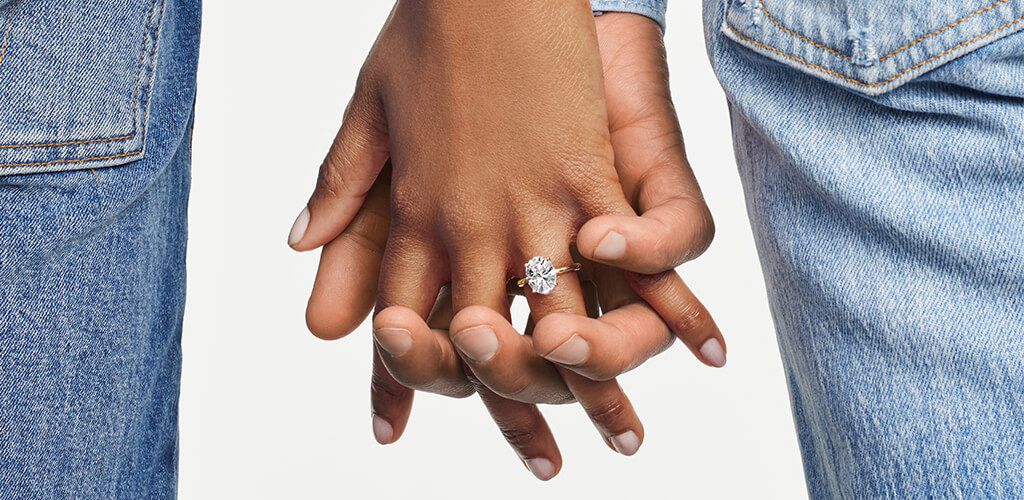
Looking for tips on buying engagement rings? This comprehensive guide provides valuable information and expert advice to help you make an informed decision. Discover everything from diamond selection and ring styles to budgeting tips and proposal ideas.
Buying an engagement ring is an exciting and significant milestone. However, it can also be an overwhelming experience with many options and considerations to remember.
We’ll walk you through everything you need to know about buying an engagement ring. From understanding the 4Cs of diamond quality to exploring different ring settings and learning how to set a budget, we’ve got you covered!
When it comes to buying engagement rings, the diamond takes center stage. Understanding the 4Cs—cut, color, clarity, and carat weight—will help you evaluate and choose the perfect diamond for your ring. Let’s explore each of these factors in detail:
The cut of a diamond refers to how well it interacts with light, creating sparkle and brilliance. Various options exist, from classic round cuts to fancy shapes like princess or emerald. Understanding the cut grade and its impact on a diamond’s beauty will help you make an informed choice.
Diamonds come in various colors, from colorless to fancy vivid yellows and pinks. The color grading scale ranges from D (colorless) to Z (light yellow or brown). Understanding diamond color and how it affects a diamond’s appearance and value will help you make the right decision for your engagement ring.
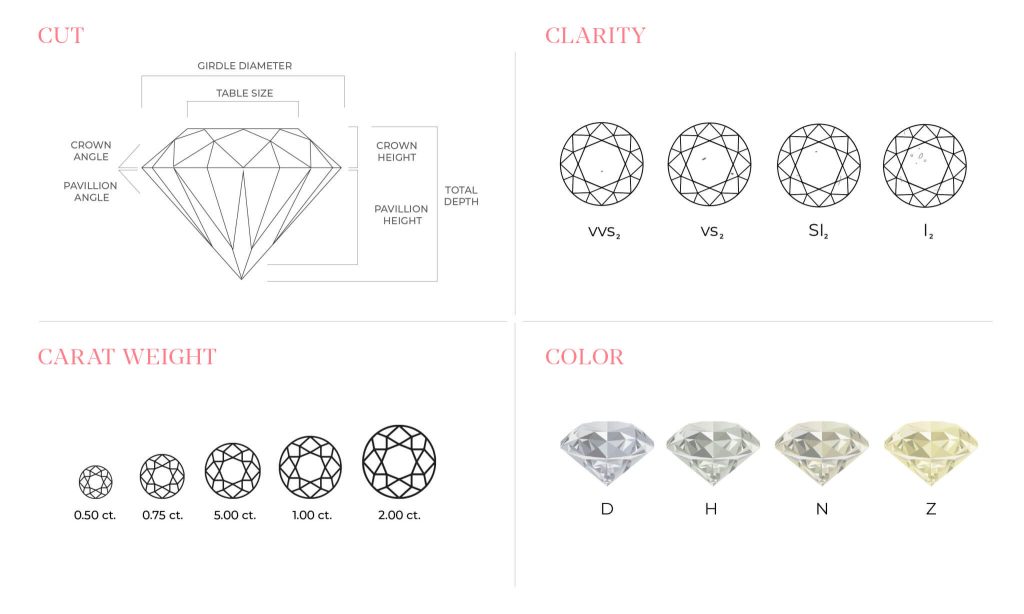
Diamonds are formed under immense pressure and heat, resulting in unique internal and external characteristics called inclusions and blemishes. The clarity grade determines the presence and visibility of these imperfections. Understanding diamond clarity will enable you to balance beauty and value.
Carat weight refers to the size of a diamond. While it’s tempting to equate carat weight with the overall value of a diamond, it’s important to consider the other 4Cs as well. Understanding carat weight and how it influences the appearance and cost of a diamond will help you make an informed decision.
Determining your budget for your ring is a crucial step. Balancing your financial situation and your desire to make a meaningful and lasting impression is essential. Here are some tips to help you set a budget and maximize the value when buying engagement rings:
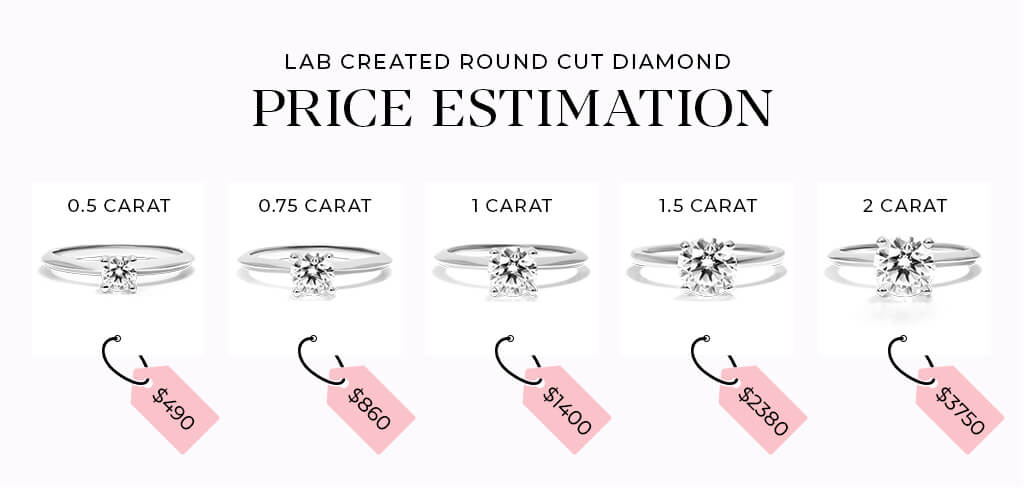
Apart from the diamond, the ring setting and your choice of claw vs. round prongs play an important role in a ring’s overall design and appeal. Let’s explore popular ring settings and their unique characteristics:
The solitaire setting is a classic choice, featuring a single diamond held securely by prongs. This timeless design highlights the beauty of the center diamond and offers a sleek and sophisticated look.
The halo setting features a center diamond surrounded by a circle of smaller diamonds or gemstones. This setting adds extra sparkle and creates the illusion of a larger center stone, making halo engagement rings popular!
Vintage engagement rings draw inspiration from different periods, showcasing intricate details and ornate designs. These rings exude a sense of romance and nostalgia.
The three stone setting represents your relationship’s past, present, and future. It typically features a larger center diamond flanked by two smaller diamonds or gemstones, symbolizing your journey together.
The tension setting creates the illusion of a floating diamond, held in place by the tension of the metal band. This contemporary design offers a sleek and minimalist look, perfect for those seeking a modern twist.
The pavé setting features small diamonds set closely together, covering the band’s surface and accentuating the center diamond. This setting creates a dazzling and glamorous look, perfect for those who love extra sparkle.
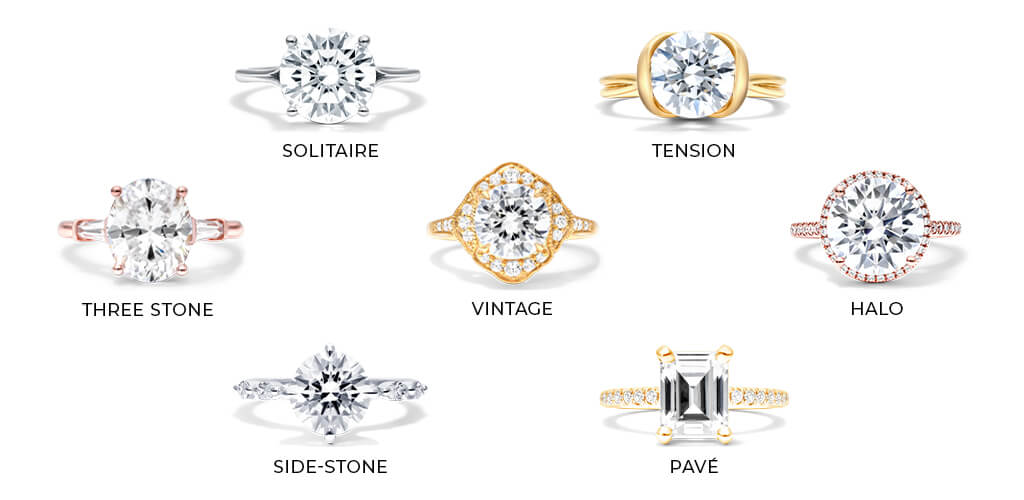
Among the big decisions is choosing the right metal setting for your ring. The metal setting not only influences the overall aesthetics but also affects the durability and maintenance of your ring.
Yellow gold is a timeless choice for engagement rings. Its warm and radiant hue has been a symbol of luxury and devotion for centuries. The gold purity is measured in karats, and everyday choices include 14k and 18k. The higher the karat, the purer the gold and the softer it becomes, so keep that in mind for everyday wear.
For a contemporary twist on the classic yellow gold, white gold is an excellent choice. White gold is an alloy of gold and other white metals, often plated with rhodium for a bright, shiny finish. It shares the same karat options as yellow gold, offering both durability and style.
Rose gold has taken the jewelry world by storm with its romantic and captivating charm. Created by blending gold with copper, it boasts a beautiful pinkish hue that stands out from the crowd. Like yellow and white gold, it comes in 14k and 18k options.
If you seek the utmost durability and prestige, platinum is the metal for you. Known for its incredible strength and natural white luster, platinum is an exceptional choice for engagement rings. Unlike gold, which can develop a patina over time, platinum engagement rings retain their brilliance with minimal maintenance.
Selecting the best metal setting ultimately comes down to personal preference and lifestyle. Consider the following factors to guide you in your decision-making process:
Buying engagement rings comes with understanding your partner’s preferences -and we guarantee they’ll have a preferred diamond shape!
Round shapes like the round brilliant cut are the most popular choice because of their exquisite sparkle. Still, in recent years, elongated shapes like oval and emerald cut diamonds are trending for their better finger coverage and overall glamorous aesthetic.
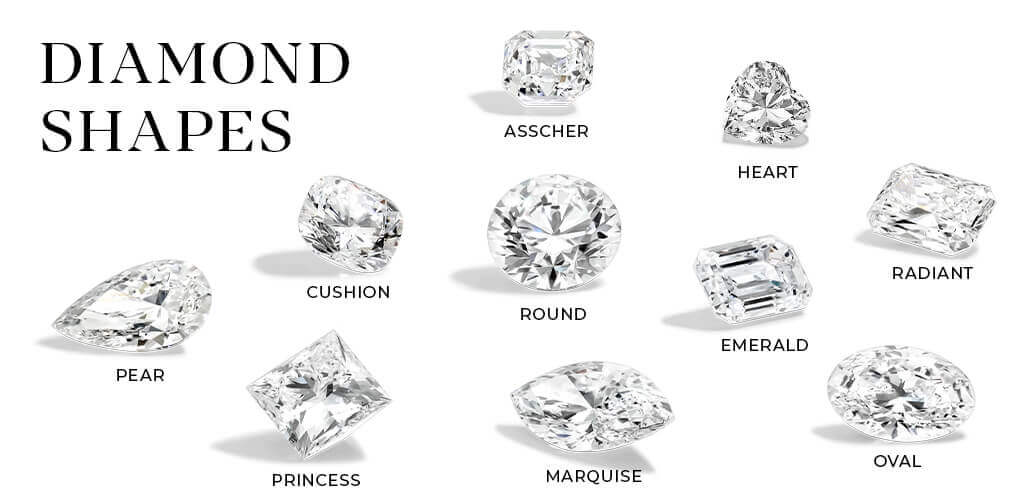
Buying engagement rings is just one part of a truly memorable proposal. Here are some creative and heartfelt proposal ideas to make the moment truly special:
Keeping your ring clean and sparkling can be done in the comfort of your own home! All you need is:
Pro Tip: Make sure your dish soap or jewelry cleaner is specifically made for delicate gems and metals. Harsh chemicals and abrasive materials can damage your ring!
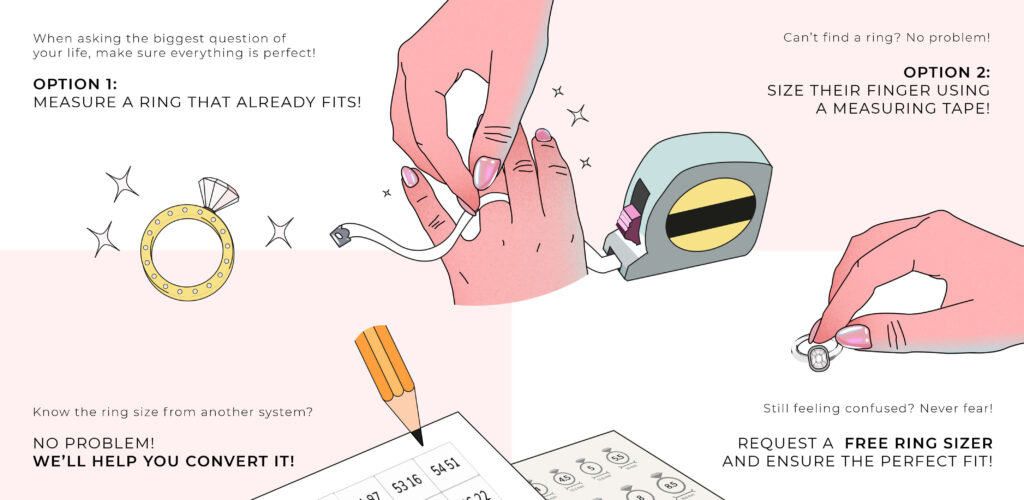
We hope you found this guide helpful! By understanding the 4Cs of diamond quality, exploring various ring settings, setting a budget, and incorporating personalized proposal ideas, you can create a truly memorable and meaningful experience.
There are a few ways to discreetly find out your partner’s ring size. You can borrow a ring they frequently wear and have it sized at a jeweler, trace the inside of the ring on a piece of paper, or seek assistance from a close friend or family member.
Absolutely! Many jewelers- like JamesAllen.com, offer customization options, allowing you to create a one-of-a-kind engagement ring. From selecting a specific diamond shape and size to choosing a unique band design or engraving a personal message, customization adds a special touch to your ring.
While diamonds are the traditional choice for engagement rings, they are not the only option. You can explore alternative gemstones like sapphires, emeralds, or rubies, or even consider lab grown diamonds a more budget-friendly option.
When purchasing a diamond, always opt for a reputable jeweler. Look for certifications from trusted gemological organizations like the Gemological Institute of America (GIA) to ensure that the diamond has been graded and verified by experts.
The amount you spend on an engagement ring is a personal decision. It’s important to set a budget that aligns with your financial situation and comfort level. Remember, the value of the ring lies in its symbolism and the love it represents rather than its price tag.
Ethical sourcing and sustainability are important factors to consider. Look for jewelers that adhere to responsible practices, such as using conflict-free diamonds and supporting fair labor standards. You can also explore options like recycled metals and lab-grown diamonds, which have a lower environmental impact.